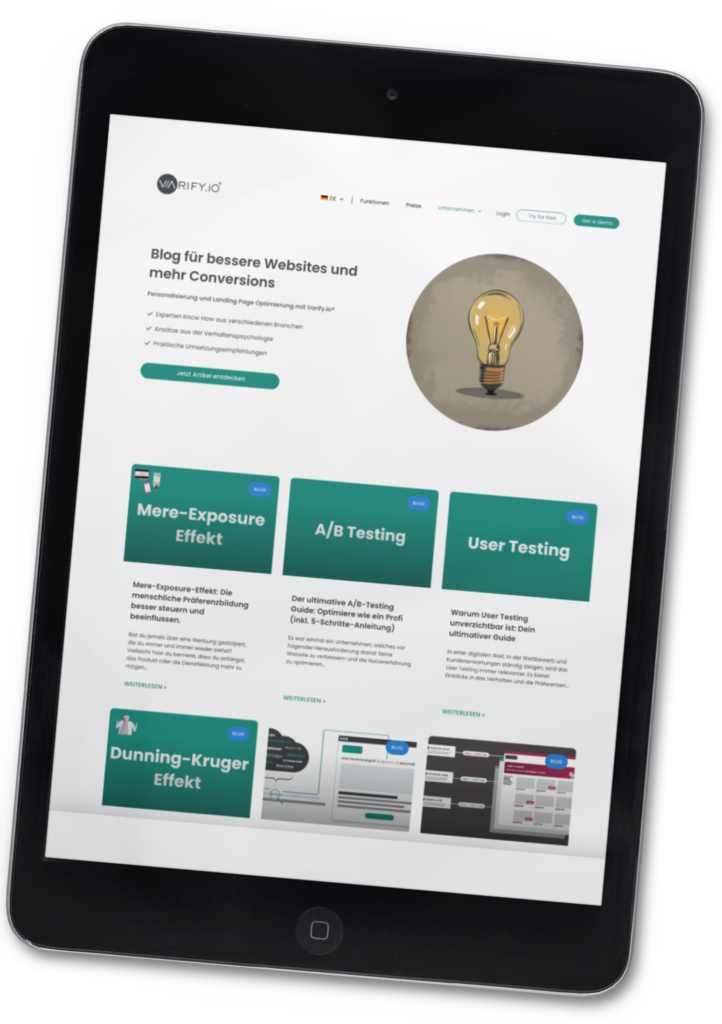Nudging, or "prodding" in German, has emerged as an effective tool to subtly and ethically influence behavior. Originating in behavioral economics, nudging theory has found profound implications in areas such as politics, marketing, and public health.
Definition and explanation of nudging
The concept of nudging is based on the idea that people perceive subtle changes in the way options are presented and that these changes can influence their behavior.
A "nudge" or "nudge" in this context is a positive reinforcement or indirect suggestion intended to guide an individual's decision-making in a particular direction, but without resorting to coercion or direct commands.
Background and theory of nudging
The theory of nudging was developed by behavioral economists Richard Thaler and Cass Sunstein and is based on the principles of behavioral economics and psychology. It postulates that people do not always make rational decisions and that their behavior is strongly influenced by the way information and options are presented. By changing this presentation - "nudging" - decisions can be steered in a desired direction.
Application examples for nudging
The principles of nudging are applied in many contexts. For example, the way food is presented in a cafeteria can lead people to choose healthier foods. In politics, nudging can help increase voter turnout by highlighting the benefits of voting.
Nudging in marketing and the business world
Nudging also has an important role in the business world and in marketing. By cleverly presenting products and services, companies can influence the purchasing decisions of their customers. This can be done, for example, by highlighting certain product details, designing prices and discounts, or placing products.
Nudging in the digital age
The advent of the digital age is opening up new opportunities for nudging. In digital environments such as websites, apps, or social media platforms, subtle changes in design and content can lead users to perform certain actions - such as reading an article, sharing a link, or making a purchase.
Strategies for the application of nudging
The advent of the digital age is opening up new opportunities for nudging. In digital environments such as websites, apps, or social media platforms, subtle changes in design and content can lead users to perform certain actions - such as reading an article, sharing a link, or making a purchase.
Set anchor: Anchors are pieces of information that are presented first and influence subsequent decisions. For example, a high price presented first may make a subsequently presented lower price seem more attractive.
Harnessing the power of mass: People tend to adopt the behavior of the majority. For example, if a company highlights that "most customers buy this product", this may encourage other customers to do the same.
Set default optionsBy setting an option as the default, behavior can be steered toward that option, since most people tend to stick with the default. For example, online forms could set consent to promotional emails as the default, which increases the likelihood that users will agree.
Use simple messages: Complex information can be off-putting and lead to decision paralysis. Simplification and clear communication can make nudges more effective. For example, a simple message like "Drink 8 glasses of water a day for better health" can be more effective than a detailed explanation of the benefits of water.
Case studies: Successful application of nudging
There are many examples of successful applications of nudging in practice. For example, the British "Behavioural Insights Team" has conducted a series of nudging experiments to improve the payment behavior of tax debtors.
By designing payment reminders to emphasize the social norm ("Most people in your city pay their taxes on time"), they were able to significantly increase payment rates.
Summary and outlook
Nudging offers a powerful tool to influence behavior in a subtle and ethical way. Although it has already been used successfully in many areas, there is still great potential for future applications, especially in the digital domain. However, it is important that nudging is always used responsibly and with respect for the autonomy of the individual.
